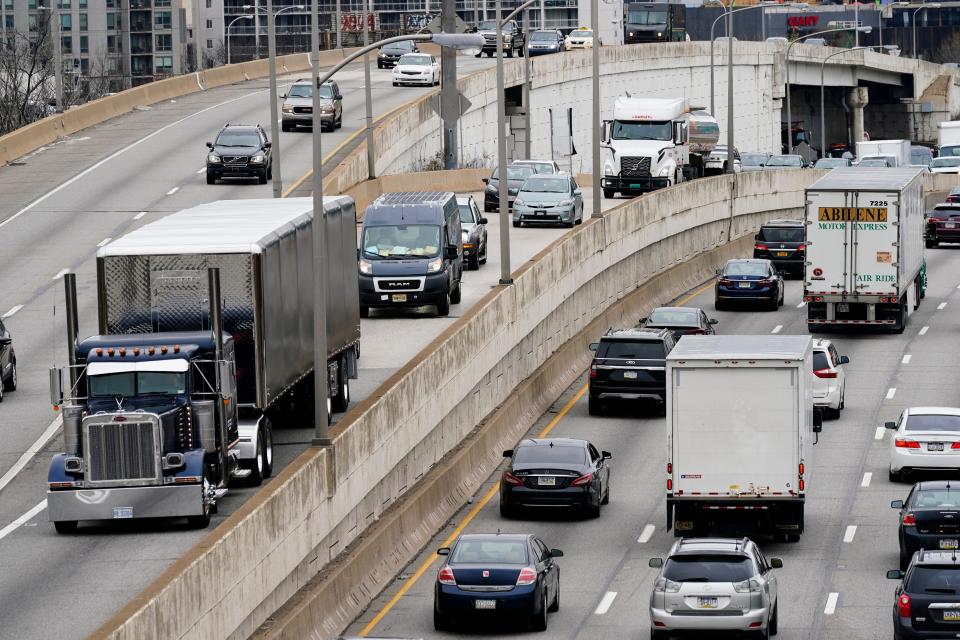Opinion: Heavier trucks raise safety, infrastructure concerns
It is my honor to work on behalf of the citizens of Seguin every day. Most often the issues I deal with can be resolved by working together. However, often we find out that our representatives in Washington, D.C., are considering legislation that could impact the safety of our citizens and cost our city and the state financially. When this happens, we must come together as a community and speak out against these proposals to ensure our federal representatives know the impact their decisions have on us here locally.
Currently on Capitol Hill, HR 3372 is being pushed by large shipping companies to increase semi-truck weights from the standard 80,000 pounds to 91,000 pounds—an increase of 5.5 tons. This increase is marketed in the form of a 10-year “pilot project” that would allow all states, including Texas, to raise semi-truck weights on interstates in the name of research – that is, waiting until tragedies happen and then recording the data.While this may lower costs for freight companies, it would be at an increased cost to motorist safety and damage to infrastructure such as bridges and roads.
We already know the score. A 2016 USDOT study found that semi-trucks weighing over 80,000 pounds had higher overall out-of-service rates and 18 percent higher brake violation rates compared to those at or below 80,000 pounds. This is especially important because a 2016 study by the Insurance Institute for Highway Safety found that trucks with any out-of-service violation are 362 percent more likely to be involved in a crash. Unfortunately, these violations often go undetected due to closed weigh stations and the lack of certified law enforcement with the ability to identify these violations on the roads.

Heavier trucks threaten infrastructure as well as safety. The USDOT study examined interstate and U.S. highway bridges and found thousands of structures that would have to be repaired or replaced to accommodate 91,000-pound trucks. Recently, The Impacts of Heavier Trucks on Local Bridges study found more than 72,000 non-interstate bridges would not be able to safely accommodate 91,000-pound trucks. It would cost taxpayers over $60 billion to replace these bridges. Our city’s public works department already has to do more with less in repairing roads – we don’t need another costly federal mandate.
Bigger-truck pushers will claim that this bill only affects interstates, but they’re not thinking about how truck trips actually work – no trip by a semi-truck starts and ends on I-10 – here in Seguin. They use U.S. 90 (especially when there is a crash or slowed down traffic), as well as Guadalupe Street and Austin Street here in town. They use local roads because they have to make local deliveries, and they will be carrying that extra weight onto our streets.
The trucking industry is a necessary part of our community, and we appreciate everything they do. However, at some point these companies, and not our taxpayers, should be held responsible for the continued damage to infrastructure.
It is my hope that our state’s congressional delegation will oppose legislation in Congress allowing these heavier trucks on our streets. Citizen voices are too important on this issue to be ignored.
Rea is a member of the Seguin City Council.
This article originally appeared on Austin American-Statesman: Opinion: Why we should hit the brakes on allowing heavier trucks on roads

